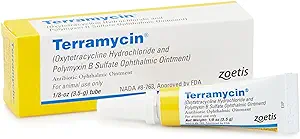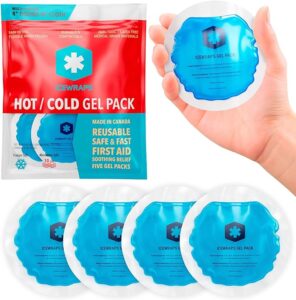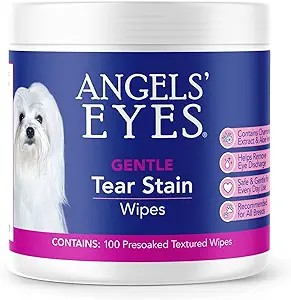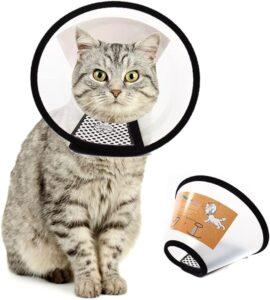Introduction
Entropion is a medical condition that can affect cats of all ages and breeds. It occurs when the eyelid folds inward, causing the eyelashes and hair to rub against the cornea or conjunctiva. Resulting in irritation and discomfort. In this article, we will discuss the causes and symptoms of entropion in cats. As well as the various treatment options available to manage the condition. We will also provide information on how to care for your cat at home and the cost considerations for treatment. Understanding entropion in cats is crucial for pet owners to recognize the signs and take appropriate action to ensure their feline friends receive timely veterinary care.
Causes of Entropion in Cats
Entropion in cats can be caused by a variety of factors, including:
Genetic factors
Some breeds are more predisposed to entropion than others. For example, Persian and Himalayan cats are more commonly affected. This is due to their facial structure and genetics.
Facial conformation
Cats with flat faces, such as Persians and Exotic Shorthairs, are more likely to develop entropion. This is due to the anatomy of their facial structure.
Eye infections or injuries
Chronic eye infections or injuries can lead to scarring or inflammation of the eyelids, which can cause them to turn inward.
Other underlying health conditions
Certain health conditions such as allergies, nerve damage, or immune-mediated disorders can also contribute to the development of entropion in cats.
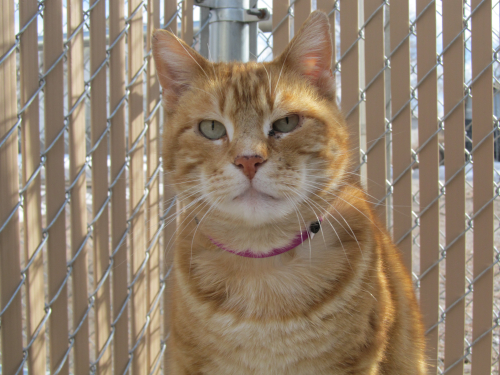
Symptoms of Entropion in Cats
Entropion in cats can cause a variety of symptoms, including:
- The most common sign of entropion is the inward rolling of the eyelid. This will cause the eyelashes and hair to rub against the cornea or conjunctiva. This can result in irritation, redness, and discomfort for your cat.
- If your cat is experiencing discomfort or pain, they may exhibit changes in behavior. Such as rubbing their eyes, avoiding contact, or pawing at their face. You may also notice excessive tearing or discharge from the affected eye.
- It’s important to monitor your cat for any changes in behavior or physical symptoms. You need to seek veterinary care if you suspect they may be experiencing entropion. Early diagnosis and treatment can help prevent complications and improve your cat’s overall quality of life.
Diagnosis of Entropion in Cats
If you suspect your cat may be suffering from entropion, it’s important to schedule an appointment with your veterinarian for a comprehensive examination. During the examination, your veterinarian will assess your cat’s overall health. He or she will also perform a thorough eye exam to check for the presence of entropion.
In addition to a physical exam, your veterinarian may recommend additional diagnostic tests, such as a Schirmer tear test or a fluorescein stain test, to assess tear production and the integrity of the cornea. These tests can help determine the severity of the condition and guide treatment options.
By identifying entropion early and accurately, your veterinarian can provide the best possible care and improve your cat’s chances of a successful outcome.
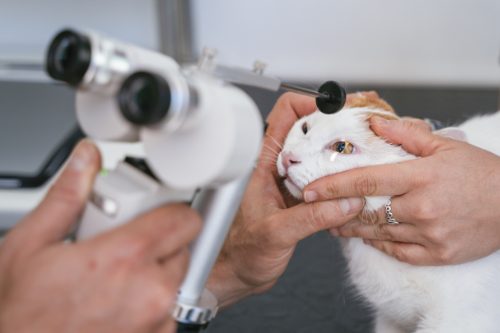
Treatment Options for Entropion in Cats
The treatment of entropion in cats depends on the severity of the condition and underlying causes. Treatment options include:
Medical management
In mild cases, medical management may be sufficient to manage the symptoms of entropion. This may involve the use of ophthalmic ointments, artificial tears, or antibiotics to prevent or treat secondary infections. You can use the following ointment when your cat suffers from mild entropion.
Surgical correction
In more severe cases, surgical correction may be necessary. Surgical options may include eyelid reconstruction or a procedure known as blepharoplasty. This involves removing a portion of the affected eyelid. Your veterinarian will discuss the best surgical options for the entropion in cats and provide detailed instructions on post-operative care.
Cost considerations for treatment:
The cost of treating entropion in cats can vary widely depending on the severity of the condition, the chosen treatment method, and the location of the veterinary clinic. It’s important to discuss the cost of treatment with your veterinarian, as well as any potential financial assistance or payment plans that may be available.
Important
It’s important to note that without treatment, entropion in cats can cause significant discomfort, pain, and even permanent damage to the eye. Early diagnosis and treatment can help prevent complications and improve your cat’s overall quality of life.
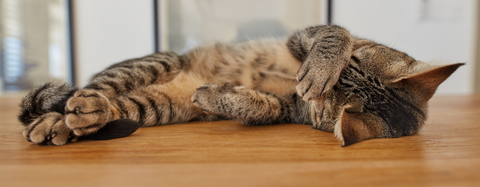
Preventive Measures
If you want to buy or get a cat with a breed that is prone to entropion, it’s important to choose a reputable breeder who performs genetic testing to help minimize the risk of the condition. Additionally, avoiding facial trauma or infections and maintaining proper eye hygiene can help reduce the likelihood of developing entropion in cats.
Home Treatment for Entropion in Cats
While entropion in cats often requires medical or surgical intervention, there are also some preventive measures and home care tips that can help manage the condition:
Depending on the severity of the condition and the chosen treatment method, your veterinarian may recommend additional home care measures.
Medications
Administering prescribed medications, such as eye drops or ointments, to prevent an infection. It also keeps the health of the eye in optimal condition. For instance you can use this ointment for your cat’s eye.
Veterinary advice
By working closely with your veterinarian and implementing preventive measures and home care tips, you can help manage the symptoms of entropion in cats and improve your cat’s overall comfort and quality of life.
Post-Surgery Care
If your cat requires surgical correction for entropion, it’s important to be aware of the necessary post-operative care. This is to ensure a smooth and successful recovery. Here are some important considerations to keep in mind:
Recovery timeline
The recovery timeline for entropion surgery in cats can vary depending on the severity of the condition and the chosen surgical technique. Your veterinarian will provide you with a timeline for your cat’s recovery and schedule follow-up appointments to monitor their progress. In most cases, the wounds heal after 7 to 10 days.
Post-surgical instructions and precautions
Your veterinarian will also provide you with specific post-surgical instructions for your cat, which may include:
- Administering prescribed medications, such as pain relievers or antibiotics
- Limiting activity for a period of time to allow for proper healing
- Monitoring the surgical site for signs of infection or other complications
- Avoiding activities that may irritate the surgical site, such as scratching or rubbing the eyes
Follow-up care
Follow-up care is an important part of the recovery process for cats with entropion. Your veterinarian may recommend additional appointments or tests to monitor your cat’s progress and ensure that the surgical site is healing properly.
By following your veterinarian’s post-surgical instructions and taking proper precautions during your cat’s recovery, you can help ensure a successful outcome and minimize the risk of complications due to the surgery of the entropion in cats.

Is Entropion in Cats Genetic?
Entropion in cats is a genetic condition that can be inherited from one or both parents. Cats with entropion should not be bred, as they can pass the condition on to their offspring. Breeding cats with entropion can perpetuate the problem and lead to a higher incidence of the condition in subsequent generations.
If you’re interested in adopting a cat, it’s important to ask the breeder or shelter about the cat’s medical history and any potential health conditions, including entropion. By being informed about the cat’s genetic background, you can make a more informed decision about whether the cat is a good fit for your family and whether you are prepared to manage any potential health issues.
It’s also important to work with a reputable breeder who is knowledgeable about the breed and takes steps to screen for genetic health conditions. Responsible breeders will typically have their cats undergo regular health screenings and will avoid breeding cats with known genetic health issues, including entropion.
In summary, entropion in cats is a genetic condition that can be inherited from one or both parents. By being informed about the genetic background of a cat and working with a responsible breeder, you can reduce the likelihood of adopting a cat with entropion and help prevent the perpetuation of the condition in future generations.
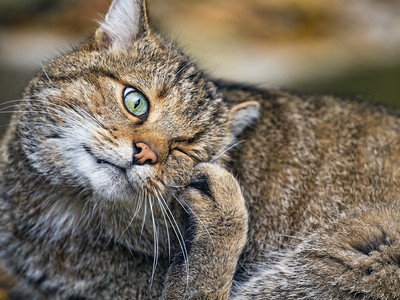
Conclusion
Entropion in cats is a serious condition that can cause discomfort and even vision loss if left untreated. It’s important for cat owners to be aware of the causes, symptoms, and treatment options for this condition, as well as take steps to prevent it from occurring in the first place.
If you suspect that your cat may have entropion, it’s important to seek veterinary care right away. Your veterinarian can perform a thorough exam and recommend the best course of treatment based on your cat’s individual needs.
In addition to medical management and surgical correction, there are also steps that cat owners can take at home to help manage and prevent entropion. By working with your veterinarian and taking an active role in your cat’s care, you can help ensure that your furry friend stays happy and healthy for years to come.

